
- Categories:


This dataset comes up as a benchmark dataset for machines to automatically recognizing the handwritten assamese digists (numerals) by extracting useful features by analyzing the structure. The Assamese language comprises of a total of 10 digits from 0 to 9. We have collected a total of 516 handwritten digits from 52 native assamese people irrespective of their age (12-86 years), gender, educational background etc. The digits are captured in .jpeg format using a paint mobile application developed by us which automatically saves the images in the internal storage of the mobile.

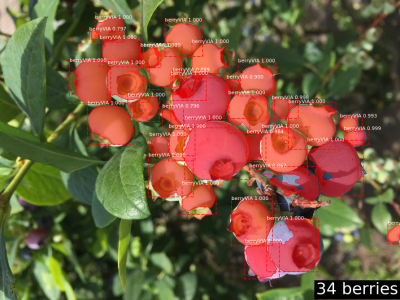
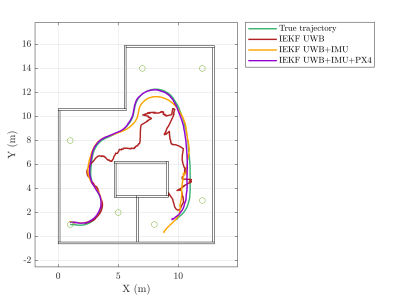
This dataset includes the measurements of a simulated vehicle inside a Gazebo simulation using different sensors: a simulated UWB tag, a IMU and a PX4Flow.

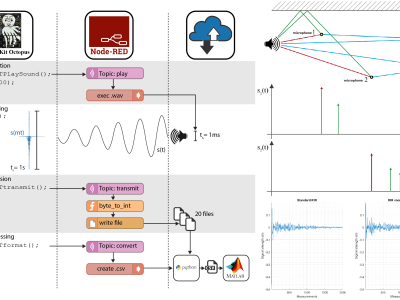
7200 .csv files, each containing a 10 kHz recording of a 1 ms lasting 100 hz sound, recorded centimeterwise in a 20 cm x 60 cm locating range on a table. 3600 files (3 at each of the 1200 different positions) are without an obstacle between the loudspeaker and the microphone, 3600 RIR recordings are affected by the changes of the object (a book). The OOLA is initially trained offline in batch mode by the first instance of the RIR recordings without the book. Then it learns online in an incremental mode how the RIR changes by the book.
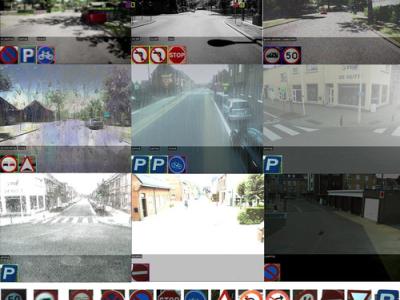
As one of the research directions at OLIVES Lab @ Georgia Tech, we focus on the robustness of data-driven algorithms under diverse challenging conditions where trained models can possibly be depolyed. To achieve this goal, we introduced a large-sacle (~1.72M frames) traffic sign detection video dataset (CURE-TSD) which is among the most comprehensive datasets with controlled synthetic challenging conditions. The video sequences in the
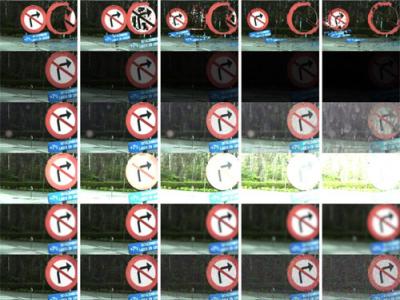
As one of the research directions at OLIVES Lab @ Georgia Tech, we focus on the robustness of data-driven algorithms under diverse challenging conditions where trained models can possibly be depolyed.
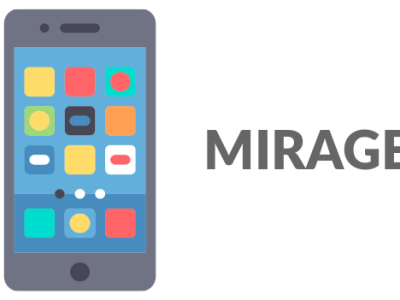
Network traffic analysis, i.e. the umbrella of procedures for distilling information from network traffic, represents the enabler for highly-valuable profiling information, other than being the workhorse for several key network management tasks. While it is currently being revolutionized in its nature by the rising share of traffic generated by mobile and hand-held devices, existing design solutions are mainly evaluated on private traffic traces, and only a few public datasets are available, thus clearly limiting repeatability and further advances on the topic.